No matter how you want to look at it, ski resorts are a for-profit entity. There are of course exceptions to the rule like the fabled co-op ski resort Mad River Glen, but for the rest, it’s a business like any other corporation. As the hottest new trend to earn your turns or uphill skiing is gaining traction, ski resorts are beginning to see it as a way to help their bottom line.
Uphill Skiing – The Original Chairlift
Before chairlifts even existed, those hearty folks that lived in the Arctic needed a way of transport uphill just as much down. If you ever wondered, “how the heck are those people uphill skiing a mountain?” Well, they have what you call skins. This handy piece of equipment can literally help you climb up the steepest terrain without issue so that you can earn your turns.
No Shirts, No Skins, No Climbing
Skins for short are attached to the bottom of a splitboard or skis for the travel up and taken off for the ride down the slope. Back in the 1500’s, they were made of actual seal hides, but over the years, the technology has improved dramatically. Today, they’re typically made of mohair or synthetic materials.
How Do They Work

Depending on the type you get, the traditional climbing skins have glue that ensure the skins stay on the ski. Once you get moving as you push forward up the hill, the fur-like surface flattens allowing you to glide. And once you’re finished with each step, the bristles extend out keeping that ski in place. Think of it as shuffling up a mountain. If you want to learn more about skinning, how to start backcountry skiing, or read about adventures such as having a ski partner break a leg, be sure to head over to our comprehensive guide:
No Longer A Fad

If you’ve been to some of the more laid-back ski resorts, you may have noticed a sign that read “uphill access point” or maybe you saw some crazy “yahoos” skiing up a mountain instead of taking a lift. As of 2018, 53% of ski resorts now allow uphill travel in certain areas and/or certain times. What was originally thought of as an activity only hardcore athletes did to try to stay in shape has now transitioned into a popular activity especially with the pandemic shutting down resorts last spring.
Ski Resorts See “Gold” In Them Thar Skins
When we talked to a few of the smaller independent ski resorts, they said that since Ikon and Epic have been gobbling up ski areas, their insurance premiums have been exploding. In fact, all costs for independent resorts have gone up due to the consolidations. So, ski resorts are looking for any way possible to help their bottom line and thus the concept of charging to earn your turns has come to the forefront.
Pay-To-Skin Resorts
The newest on the list of ski resorts you have to pay to go uphill is Whitefish Mountain Resort. For years, you could slap on some skins and start hoofing right up the mountain for free. But, in the 2020-21 season, you’ll have to pay. They aren’t the only ones doing this. The overall number of resorts you have to pay-to-skin is expanding. The good news from what we can tell is that regular season pass holders and those buying day tickets will not be charged extra for uphill access.
Rockies
 Arapahoe Basin
Arapahoe Basin
A-Basin offers uphilling access on designated trails to guests with a $30 season uphill access pass.
Eldora
Eldora offers uphill access on specific routes at specific times. An Alpine Touring (AT) season pass ($149) or AT day ticket ($25) is required. There is no uphill access permitted on weekends, holidays, and peak days.
Cooper
Uphill access is permitted at Cooper after 5 p.m. and before 8 a.m. with the required Uphill Access Pass at a cost of $25 for the season or $5 per day.
Sunlight
Day or night, uphill skiers at Sunlight are required to visibly display a special pass, but non-pass-holders are now asked to pay $10 a day or buy a $50 season uphill pass.
Monarch
Uphill travel is allowed during operating hours only on official uphill routes for a $20 season ticket.
Snow King
$15 per day or $75 for an uphill season pass that starts effective September 15th.
Whitefish
As of 2020, uphill tickets are $12.00 per day or $100 for the season.
East Coast
Over 60% of mountain resorts on the East Coast have written policies allowing uphill travel and most of them have some kind of pay-to-earn your turns policy. Here’s a few of the larger ones from each state showcasing what to expect from a pricing perspective.
Killington
Go when you like on official uphill routes for a $25 season ticket.
Loon
You can enjoy the mountain in a different direction for a $25 ticket. Uphill travel is permitted two hours prior to operating hours and during posted operating hours.
Sugarloaf
Uphill travel allowed during operating hours only for $10 per day.
Sunday River
Uphill access only allowed 30 minutes before to 30 minutes after operating hours, $15 per day.
West Coast
This is the region with many resorts that allow uphill travel and at no charge. This might be less because they don’t want to charge you and rather that the majority of their property is on public lands.
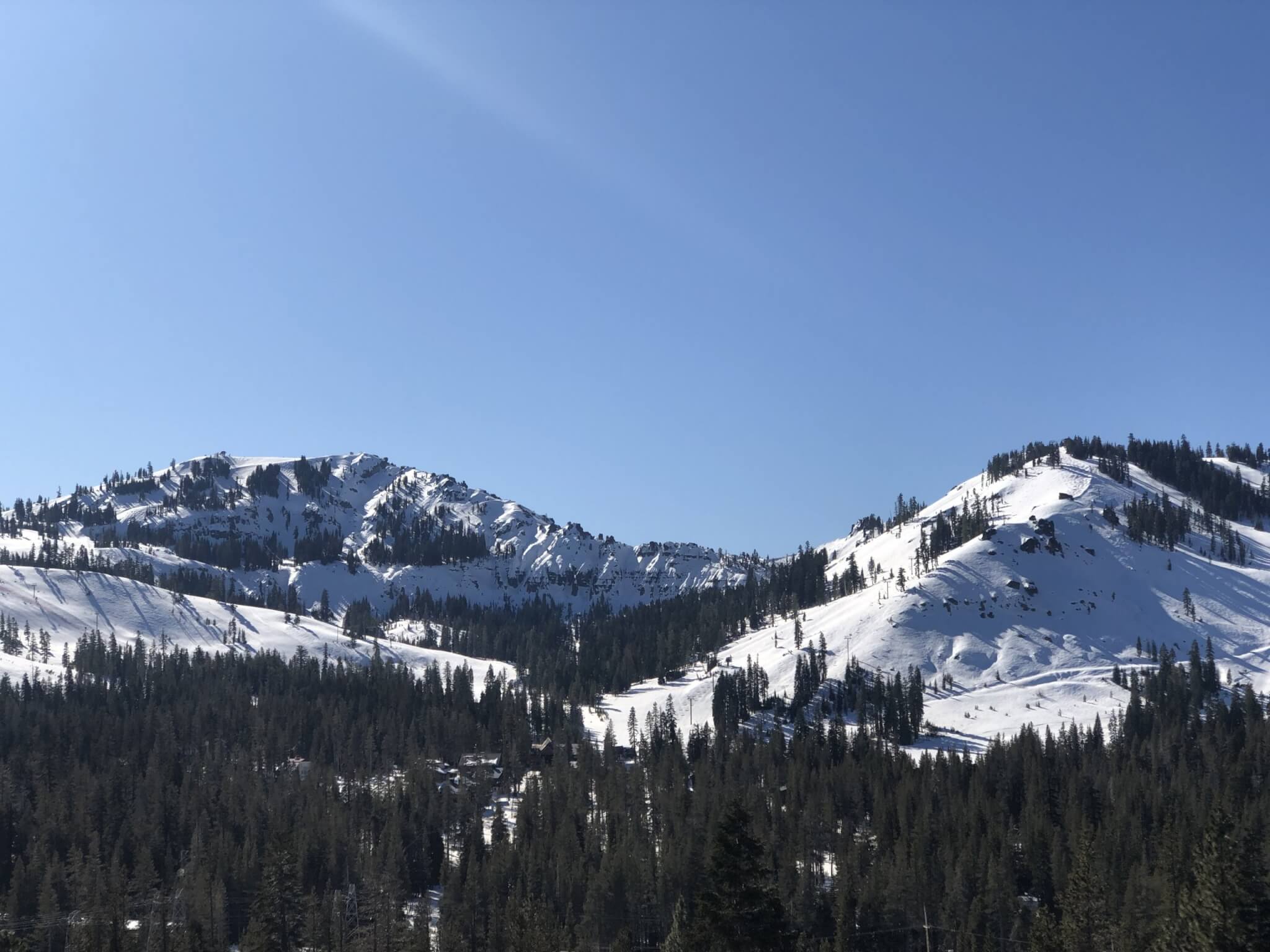
Sugar Bowl
Uphill travel is allowed during operating hours only on official uphill routes for $25 per day or $149 for the season.
Why In A Ski Resort
We know what you’re thinking… if you’re doing all this work to earn your turns, why would you do it within a ski resort boundary? Here’s just a few reasons we personally do it.
Avalanche Danger
The backcountry is a wild place and sometimes the rating for the day is too high to venture out or you’re just not comfortable with the idea of going into the wilderness by yourself.
Quick Workout
Excursions in the backcountry can take a lot of time. You need to drive to the trailhead. Then there’s usually at least a short approach before you even get to the slope you’ll be skiing. At a minimum, you need half a day. But at a ski resort and for those in good shape, you can knock out a 2,000 vert climb in under an hour and be home before work starts.
No Snow
I know this is a BIG issue in the early season for Tahoe. During our low snow years, the only places that have snow are at ski resorts.
As you can see, when it comes to the idea of skipping the lifts and earning your turns instead, the pay-to-earn your turns policy isn’t going away. Rather, it’s more likely that it’s going to expand.





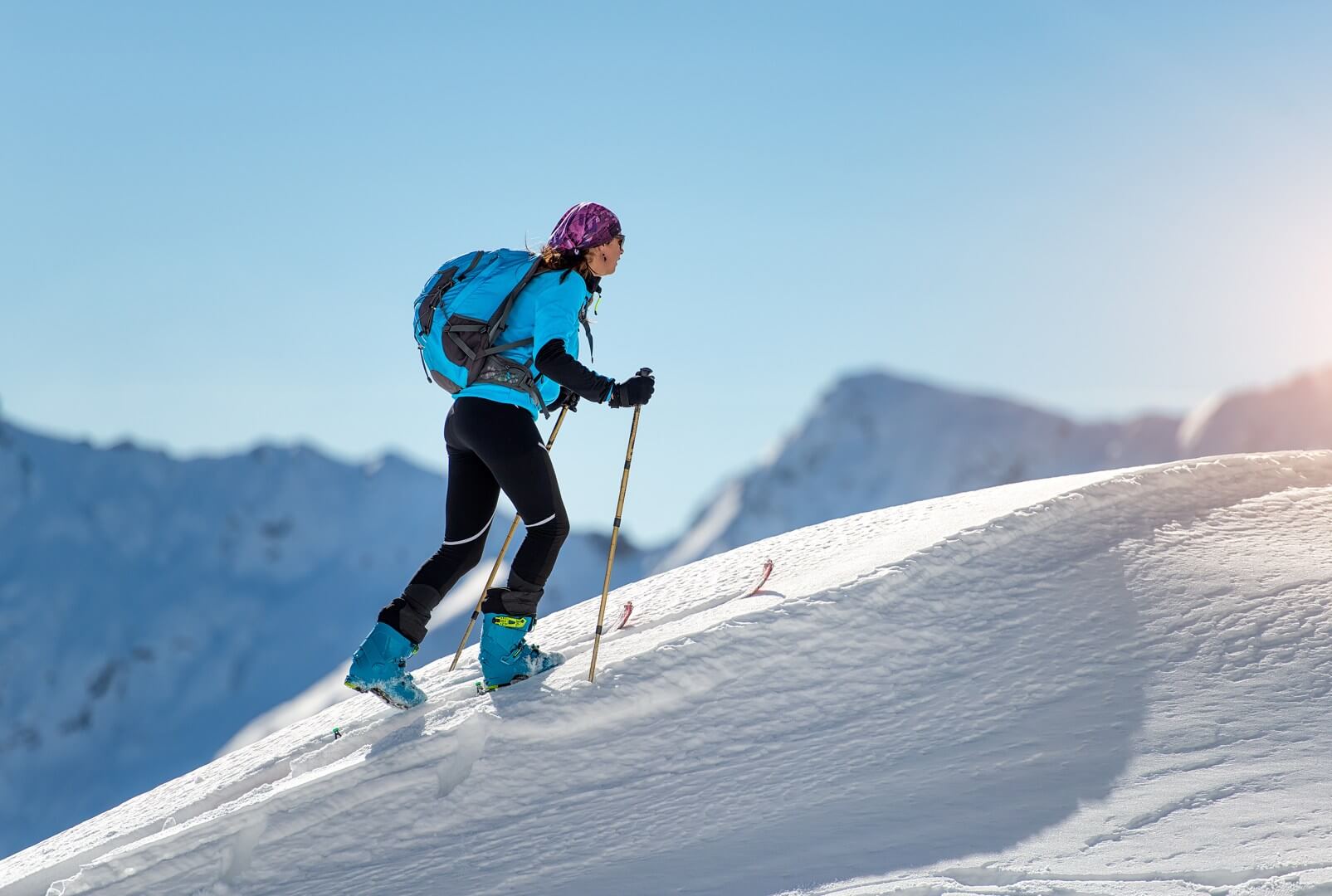

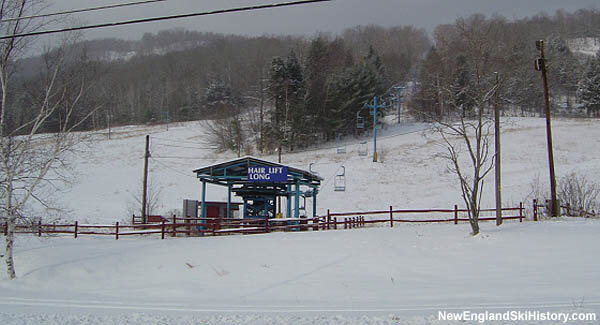
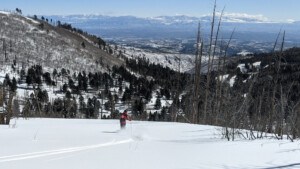

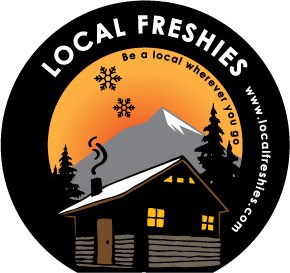
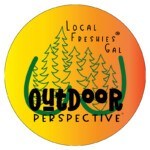
You wrote: “ When we talked to a few of the smaller independent ski resorts, they said that since Ikon and Epic have been gobbling up ski areas, their insurance premiums have been exploding. In fact, all costs for independent resorts have gone up due to the consolidations. ”
Why would consolidation cause costs at the independent resorts to increase?
Hey Mark,
First, let me say that I’m incredibly humbled that you read the article that much in detail to see that. It means that my hours of research and conversations aren’t worthless. Thank you. 🙂
Anyways, what I was told by my sources is that there were only three major insurance companies that insure the ski resort industry. Since the consolidations have begun both Vail Resorts and Ikon specifically have pulled out of these insurance companies and caused one of the three insurance companies to no longer offer ski resorts coverage as of last winter. Supposedly, the big part of their costs is paying for insurance and with only two insurance companies left the cost of getting insured is getting exponentially more expensive. They’re VERY nervous that if the second one pulls out then there will be one left causing an even greater cost to them.
In addition, based on our personal fire insurance the insurance company just said, “Nope. You have 30 days to find another company.” We’ve heard A LOT of our friends in Tahoe had the same thing happen and our rates have now tripled.
My only concern here is people will learn the up hill skills at a resort without learning the backcountry skills such as avalanche, navigation, and wilderness medicine. There has been a boom is gear sales and while many people have taken these classes many have not. The gear has made the backcountry more accessible than ever. With COVID maybe causing limited chair and resort access the backcountry will likely see more people.
Hey Ted,
I can’t agree with you more. This upcoming winter definitely has my stomach in knots especially regarding backcountry terrain.
Great article Alex.
Hey Tony, many thanks for the compliment and appreciate you reading my content. We’ll keep writing if you keep liking. 🙂
So besides resorts where other people doing back country ski touring in the US maybe even in the Northeast? Do we go to state parks instead? I keep seeing these strange policy is my ski areas stating that you can only do uphill skiing 30 minutes before the resort opens? That seems insane and basically prohibitive. I’d like to do some uphill skiing and around noon have a lunch with my backpack then ski down during the afternoon. Maybe I feel like I’m living in Switzerland or Austria where this is commonplace.
I think the biggest issue is that Switzerland and Austrian ski resorts are sooo much bigger than American resorts. When it comes to true touring there’s nothing like Europe. Another issue in the United States is how oblivious skiers are to dangers on the mountain. For example, if you die in a place like Chamonix it’s your own damn fault. Here in the US if you die family members end up sueing ski areas because they should’ve protected them.